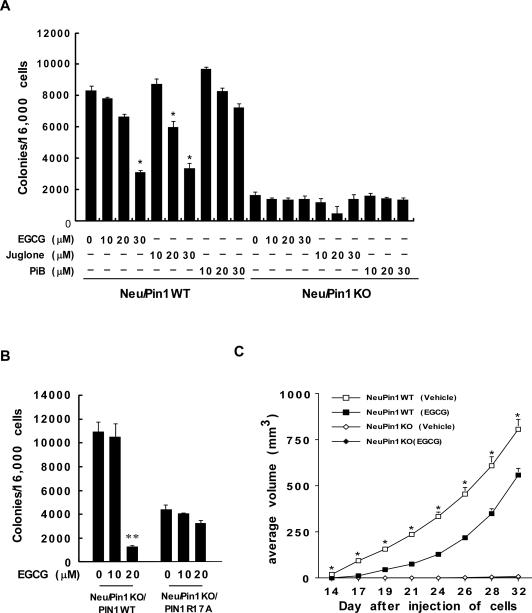Fig. 6. EGCG or knockout of Pin1 inhibits tumor formation and development ex vivo and in vivo.
(A) EGCG inhibits colony formation of Neu/Pin1 WT MEFs. Neu/Pin1 WT and KO MEFs were subjected to an anchorage independent soft agar assay to assess the effect of EGCG on colony formation. The assay was performed as described in “Supplemental Methods” and colonies were counted after 7 days using a microscope and the Image-Pro Plus (v.4) software program. Colonies are represented as the means ± S.D. of triplicate samples from 3 independent experiments. The asterisk (*) indicates a significant decrease (p < 0.01) in colony formation in Neu/Pin1 WT MEFs treated with EGCG compared with untreated cells. The effect of Juglone or PiB compared to EGCG is also shown. (B) Re-expression of Pin1WT, but not mutant Pin1 R17A, restores sensitivity to the inhibitory effect of EGCG on colony formation. Re-expressing Pin1WT in mutant Pin1R17A or Neu/Pin1 KO MEFs was performed as described in “Supplemental Methods” and colony formation was measured as for panel (A). (C) Athymic nude mice were treated as described in “Supplemental Methods” and tumor volume was measured and recorded 3 times a week. The asterisk (*) indicates a significantly larger volume of tumor growth (p < 0.0001) in Neu/Pin1WT mice treated with vehicle compared to Neu/Pin1WT mice treated 3 x week i.p. with 50 mg/kg BW EGCG (one way ANOVA). Two-way ANOVA indicated a significant effect of EGCG and knockout of Pin1 on tumor development (p < 0.0001).

